Haeunjae / 하은재
3.6Km 2025-08-12
68-10, Jahamun-ro, Jongno-gu, Seoul
Haeunjae (下隱齋), meaning “hermit’s residence,” is a hanok (traditional Korean house) residence located in Seochon Hanok Village, near Gyeongbokgung Station on Seoul Subway Line 3. It is dedicated to the ideal of “movies and rest,” and takes after the characteristic form of modern hanok with a small courtyard. The entire house is rented out at once, with a queen bedroom, kitchen, movie room, and two restrooms. Up to 4 guests can reserve the house, with each additional guest above the standard of 2 having access to additional bedding.
The movie room is furnished with a Bose sound system, beam projector, and screen, along with a mobile foot bath. The kitchen is equipped with a refrigerator, hand drip coffee maker, toaster, electric kettle, and utensils. A 10% discount is available for guests staying for more than 2 nights on weekdays, and towel replacement and cleaning services are offered for guests staying for more than 3 nights.
The residence is located close to tourist sites like Tongin Market, Gyeongbokgung and Changdeokgung Palaces, and Samcheong-dong area.
Seoullo 7017 (서울로 7017)
3.6Km 2020-07-20
Seoul, Jung-gu, Cheongpa-ro 432
+82-2-120
Il s'agit d'un nouveau parc autour de la gare de Séoul construit après rénovation des chemins piétons autour de la gare, elle même inaugurée en 1970
Son nom reprend l'année de construction de la gare et l'année d'inauguration du parc, 1970 et 2017. De plus, le chiffre 17 réfère à la hauteur du parc et au nombre de chemins piétons que comporte ce nouveau parc.
Le parc se destine à être un prochain site touristique phare de la ville avec de nombreuses activités.
Hosujip (호수집)
3.6Km 2021-03-30
443, Cheongpa-ro, Jung-gu, Seoul
+82-2-392-0695
It is a restaurant where people wait in line as a hidden restaurant for locals in Chungjeong-ro. The best menu at this restaurant is spicy braised chicken. This Korean dishes restaurant is located in Jung-gu, Seoul.
Temple Gilsangsa (Séoul) (길상사(서울))
3.6Km 2025-09-02
68, Seonjam-ro 5-gil, Seongbuk-dong, Seongbuk-gu, Séoul (Seoul)
Le temple Gilsangsa, relevant de l’Ordre Jogye du bouddhisme coréen, se trouve au pied du mont Samgaksan, dans le quartier de Seongbuk-dong à Séoul. Son histoire remonte à 1987, lorsque Mme Kim Young-han, émue par l’idéal philosophique de non-possession et de vie frugale prôné par le maître Beopjeong, fit don d’un terrain de plus de 23 000 m² ainsi que d’une quarantaine de bâtiments. Le maître Beopjeong fit enregistrer officiellement le site comme grand temple en 1995, puis, le 14 décembre 1997, le renomma « Gilsangsa » lors de sa fondation. Le temple abrite divers pavillons et édifices tels que le Pavillon Geungnakjeon, le Pavillon Seolbeopjeon, le Pavillon Jijangjeon, le clocher Beomjonggak, la statue du Bodhisattva Avalokiteśvara, la pagode Gilsangbotap, la stèle de mérite Gilsanghwa et le pavillon Jinyeonggak consacré au maître Beopjeong. Dans le Pavillon Geungnakjeon, le Bouddha Amitabha est vénéré comme Bouddha principal, flanqué des bodhisattvas Avalokiteśvara et Kṣitigarbha.
En 2005, l’ancien bâtiment a été réaménagé pour accueillir le Pavillon Jijangjeon et le réfectoire Seonyeoldang ; en 2008, le Pavillon Seolbeopjeon et le Beomjonggak ont été construits, créant ainsi un espace de pratique en harmonie avec la nature. Dans l’enceinte, les visiteurs sont accueillis par la délicate et mystérieuse statue d’Avalokiteśvara réalisée par le sculpteur Choi Jong-tae, chrétien et bouddhiste, fruit d’un dialogue interreligieux. En 2013, le pavillon Jinyeonggak a ouvert ses portes pour exposer les reliques et les écrits du maître Beopjeong. Le Pavillon Seolbeopjeon accueille également des programmes éducatifs tels que l’université bouddhique, des cours d’initiation au bouddhisme, de yoga, de copie de sutras et de méditation, affirmant ainsi la vocation du temple comme centre d’étude et de pratique spirituelle.
Hanok Guesthouse Dongchonchae / 한옥 게스트하우스 동촌재
3.6Km 2025-08-12
21-10, Jahamun-ro 11-gil, Jongno-gu, Seoul
Built in 1939, Dongchonchae was designated as Seoul Well Hanok by the Seoul Metropolitan City in 2016. In 2020, this hanok (traditional Korean house) received the Certificate of KOREA QUALITY from the Korea Tourism Organization in the Heritage Hanok field in recognition of its historicity and quality of services. Dongchonjae is located in the western side of Gyeongbokgung Palace, at Seochon. When one passes through its main gate, one sees the yard, with anchae (women's quarters), sarangchae (men's quarters), and byeolchae (detached quarters) surrounding the plot. Anchae has four rooms, daecheong (wood-floored main hall), a kitchen, and a restroom. One of the rooms is used for tea ceremonies as well. Outside of the sarangchae and byeolchae, which are the living spaces for the owners, visitors have free access to the numaru (raised open floor) and the yard. The anchae’s rooms “Bom” and “Yeoreum” can accommodate 2 to 3 adults each, while the rooms “Gaeul” (Tea Room) and “Gyeoul” are optimal for two. The building is rented out as a whole, so no more than one group may stay in the building at any given time. Standard occupancy is four persons, and eight is the maximum number. There are two restrooms, one within the anchae building, one out in the backyard.
Cooking is not allowed in the kitchen, but guests are free to bring in outside food. Experience programs on offer include nighttime exploration of Seoul City Wall, tea ceremony, folk songs, and rice cake making. Additional payment is only required for rice cake making. Guests may choose between two types of complimentary breakfast: Korean, which comes with rice, soup, and three side dishes; and Western, which comes with bread, salad, and coffee. There are a 100-in screen and mini projector for film watching in the yard or daecheong. Towels, toiletries, hair dryer, bottled water, traditional tea, and capsule coffee are included. The kitchen is equipped with kitchen utensils, a microwave, and a coffee pot, enough for instant foods. Guests also have access to refrigerator and washing machine
Lotte Mart (Gare de Séoul) (롯데마트-서울역점)
3.7Km 2019-01-10
432, Cheongpa-ro, Jung-gu, Seoul-si
+82-2-390-2500
Le Lotte Mart de la Gare de Séoul est situé comme son nom l'indique dans l'une des plateformes de transports les plus importantes de Corée. La Gare de Séoul abrite en effet le KTX (le TGV coréen), et d'autres types de trains, des bus, et stations de métro s'y rencontrent.
Le Lotte Mart vend de l'alimentation, des produits essentiels de la vie quotidienne, des articles de mode et bien d'autres.
Il est situé du second au quatrième étages du bâtiment et est ouvert de 10h à minuit.
Grand Magasin Lotte (Cheongnyangni) (롯데백화점-청량리점)
3.7Km 2016-04-01
205, Wangsan-ro, Dongdaemun-gu, Seoul-si
+82-2-3707-2500
Le Grand Magasin Lotte de Cheongnyangni possède une culture du shooping depuis sa création en 1994 au niveau de la station Cheongnyangni sur la ligne 1 du métro séoulien et a participé au redéveloppement du quartier depuis.
Il est ouvert de 10h30 à 20h00, plus tard les vendredis, samedis, et dimanches et est fermé un lundi par mois.
Marché de Tongin (통인시장)
3.7Km 2022-12-13
18, Jahamun-ro 15-gil, Jongno-gu, Seoul
+82-2-722-0911
Le marché de Tongin a été crée en juin 1941 sous l’occupation japonaise. Après la guerre du 25 juin, le région de Seochong a connu une hausse de la consommation causée par la soudaine croissance démographique. Des boutiques et des magasins se sont créés sous forme de marché public.
Le marché public Tongin se compose de 75 restaurants dont principalement des restaurants et des magasins de banchans (petits plats d'accompagnements) qui livrent des produits frais : poissons, fruits et légumes. D’autres commerces de vêtements, chaussures et retouches sont présents sur le marché.
Bijindo Haemulttukbaegi (비진도해물뚝배기)
3.7Km 2021-03-30
53, Seosomun-ro, Seodaemun-gu, Seoul
+82-2-312-2867
It is a place that many tourists, as well as office workers, visit. This seafood restaurant is located in Seodaemun-gu, Seoul. The representative menu is seafood hot pot.
Parc Sajik à Séoul (사직공원(서울))
3.7Km 2022-09-19
89, Sajik-ro, Jongno-gu, Seoul-si
+82-2-2148-2834
Le parc Sajik est l’un des trois parcs les plus populaires de Jongno-gu, avec le parc Tapgol et le parc Samcheong. Situé à l’Ouest du complexe du gouvernement central, au Sud-Est du mont Inwang, le parc possède la taille impressionnante de 188,710 m².
Le nom du parc remonte à 1395, lorsque Taejo Lee Sung-gye construisit le premier Sajikdan (autel dédié aux divinités d’Etat), avec en son centre, le sanctuaire Jongmyo (sanctuaire ancestral royal). « Sa » désigne la divinité de la terre, tandis que « jik » se réfère au dieu des cinq céréales. Des rituels pour obtenir une bonne récolte avaient lieu régulièrement au Sajikdan. Néanmoins, le site n’a pas été reconnu officiellement comme parc jusqu’en 1922, lors de la période coloniale japonaise.
Dans le parc, on trouve plusieurs terrains de jeux, des statues de Sin Saimdang, Hwanghakjeong et Yi I (souvent mentionné sous son nom de plum « Yulgok »), ainsi que la bibliothèque municipale des enfants. Le sanctuaire de Dangun et la bibliothèque de Jongno se trouvent à proximité. En suivant le sentier près du parc Sajik pendant environ 5 minutes, les visiteurs peuvent atteindre le parcours de randonnée du mont Inwang relativement facilement.
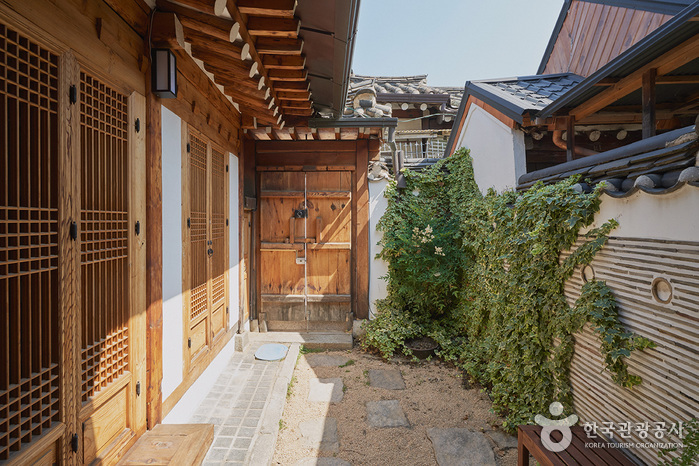
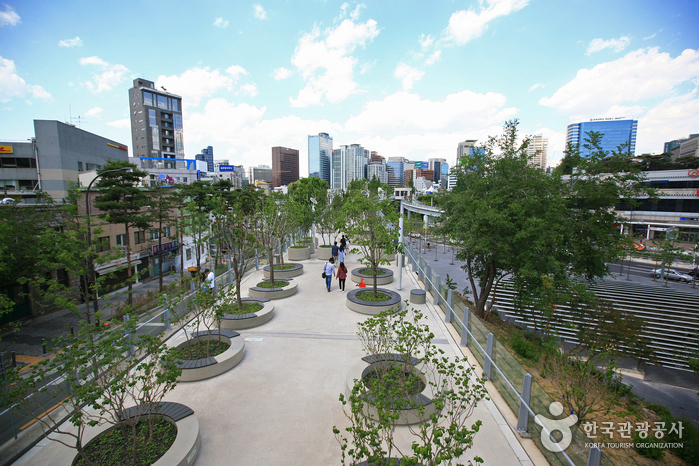
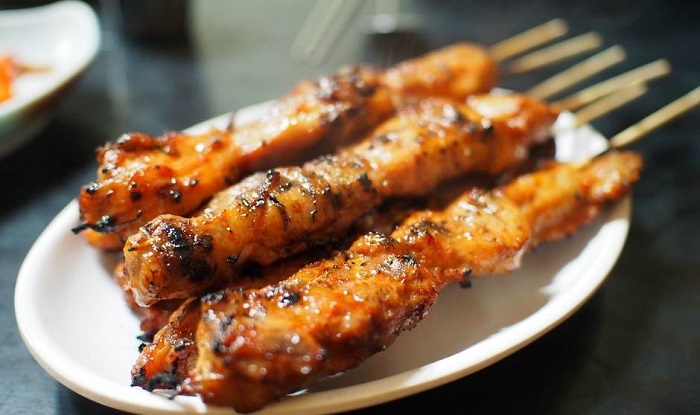
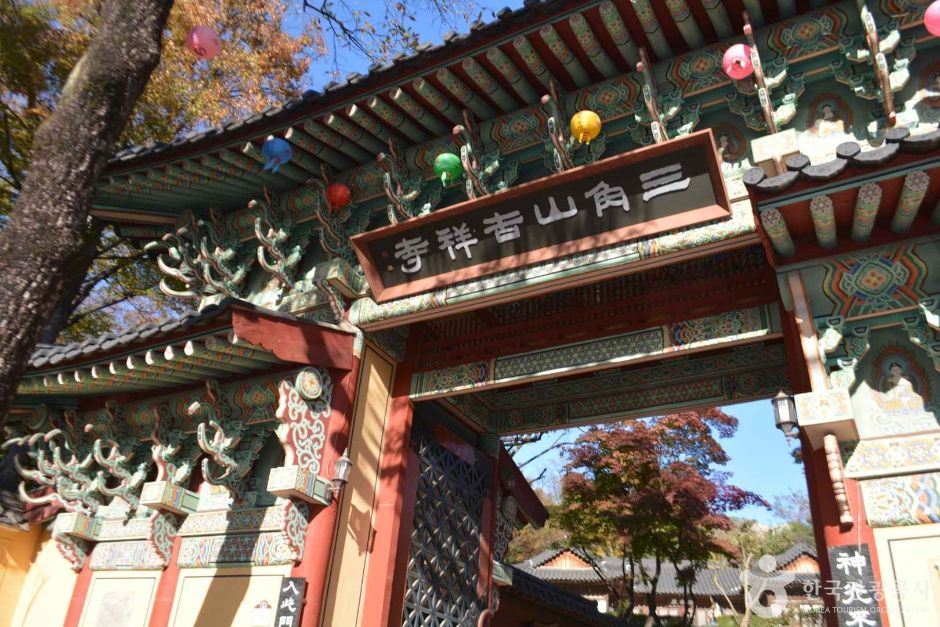
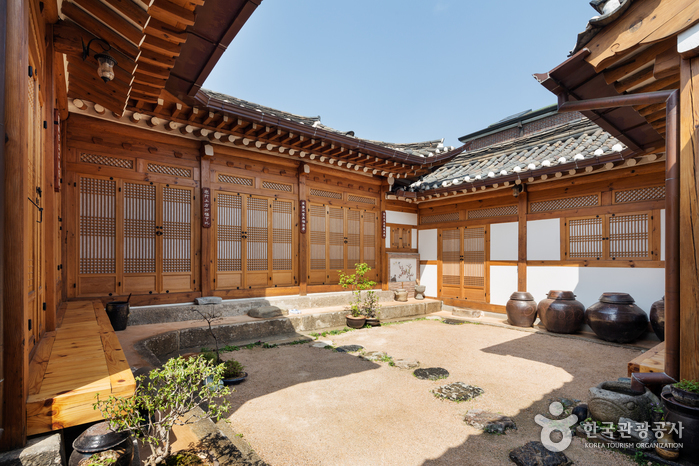
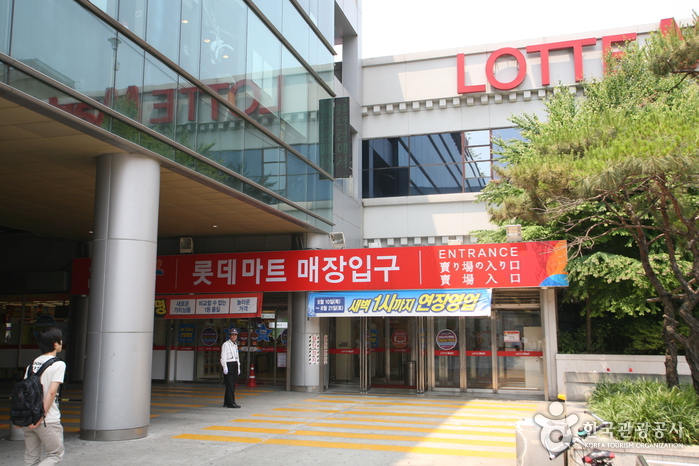

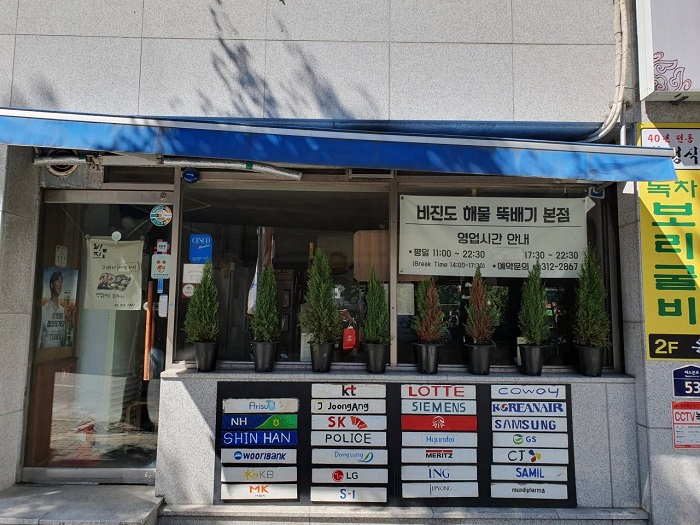
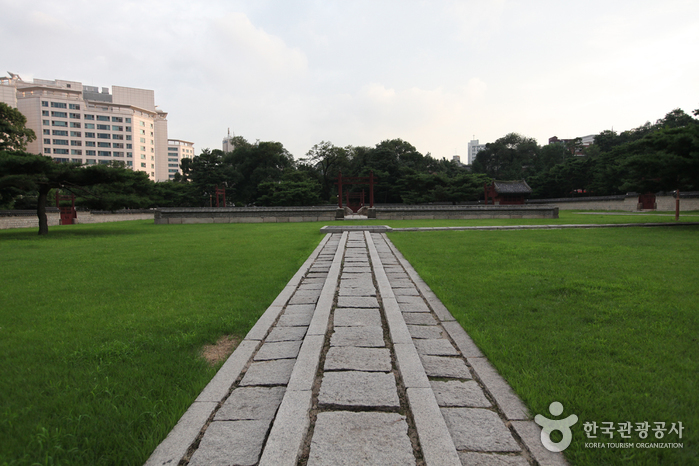
 Français
Français
 한국어
한국어 English
English 日本語
日本語 中文(简体)
中文(简体) Deutsch
Deutsch Español
Español Русский
Русский